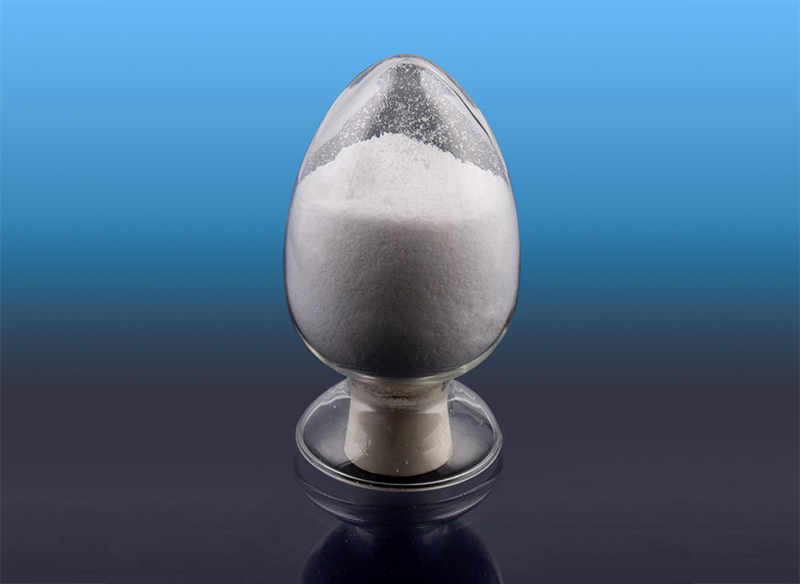What are the recommended processing techniques for low-density TPR?
Processing low-density Thermoplastic Rubber (TPR) requires careful consideration to maintain the material's properties while achieving the desired shape and functionality. Here are the recommended processing techniques for low-density TPR, along with key considerations and best practices for each method:
Injection Molding
Overview: Injection molding is a widely used technique for shaping low-density TPR due to its precision and efficiency in mass production.
Process: TPR granules are melted and injected into a mold cavity where they cool and solidify.
Temperature Control: Optimal processing temperatures typically range from 180°C to 220°C (356°F to 428°F), but this can vary based on the specific formulation.
Mold Design: The mold should be designed with smooth surfaces to facilitate easy removal of the finished product and to minimize material stress.
Cycle Time: Adjust cycle times to balance between production efficiency and ensuring complete cooling to prevent warping.
Pressure Settings: Use appropriate injection pressures to fill the mold completely without causing excessive flashing or defects.
Cooling System: Implement an effective cooling system to manage the temperature gradients and prevent warping or deformation.
Recycling and Reprocessing: Scrap from injection molding can often be reprocessed, reducing material waste.
Extrusion
Overview: Extrusion is ideal for producing continuous profiles such as tubes, sheets, and seals from low-density TPR.
Process: TPR is heated and forced through a die to create a continuous shape that is then cooled.
Die Design: The die must be precisely designed to produce the desired profile and accommodate for material expansion.
Temperature Management: Typical extrusion temperatures range from 150°C to 210°C (302°F to 410°F), depending on the TPR grade.
Screw Configuration: The screw design should be optimized for thorough melting and mixing to ensure uniform material properties.
Cooling System: Implement a water bath or air cooling system to solidify the extruded material quickly.
Speed Control: Control the extrusion speed to ensure consistent material flow and uniform product quality.
Post-Extrusion Handling: Cut and handle the extruded profiles with care to prevent deformation or damage.
Blow Molding
Overview: Blow molding is used for creating hollow parts such as bottles and containers from low-density TPR.
Process: A preform or parison of TPR is inflated within a mold to take its shape.
Material Preparation: Use high-quality TPR with consistent properties to avoid issues with wall thickness and uniformity.
Temperature and Pressure: Maintain optimal blow molding temperatures and pressures to ensure proper inflation and material distribution.
Mold Design: The mold should have smooth surfaces and adequate venting to facilitate even material distribution.
Cooling and Solidification: Implement controlled cooling to stabilize the shape and prevent warping.
Post-Molding Trimming: Trim excess material from the finished product for a clean and accurate final shape.

Compression Molding
Overview: Compression molding is suitable for producing larger and thicker parts from low-density TPR, often used in applications like gaskets or cushioning materials.
Process: TPR is placed into a heated mold cavity, compressed, and then cooled.
Preheating: Preheat the TPR to ensure consistent flow and filling of the mold.
Pressure Application: Apply consistent pressure to achieve the desired thickness and uniformity.
Mold Temperature: Control mold temperature to prevent premature cooling and ensure complete material flow.
Curing Time: Adjust curing times based on the thickness and complexity of the part to ensure full material set.
Ejecting the Part: Design molds with ejector systems to facilitate the easy removal of the molded parts.
Thermoforming
Overview: Thermoforming involves heating a TPR sheet and forming it over a mold to create a specific shape, commonly used for packaging and trays.
Process: A TPR sheet is heated until pliable and then formed over a mold by applying vacuum or pressure.
Sheet Preparation: Ensure the TPR sheet is of uniform thickness to avoid inconsistencies in the final product.
Heating Control: Control the heating to avoid overheating and maintain the material's structural integrity.
Forming Pressure: Use appropriate forming pressure to achieve detailed shapes without thinning the material excessively.
Cooling and Setting: Implement quick cooling methods to set the shape and prevent warping.
Trimming and Finishing: Trim the edges and perform any finishing required for the final product.
Each processing technique for low-density TPR has its unique advantages and requirements. By selecting the appropriate method and adhering to best practices, manufacturers can achieve high-quality, consistent products that leverage the material's unique properties.





